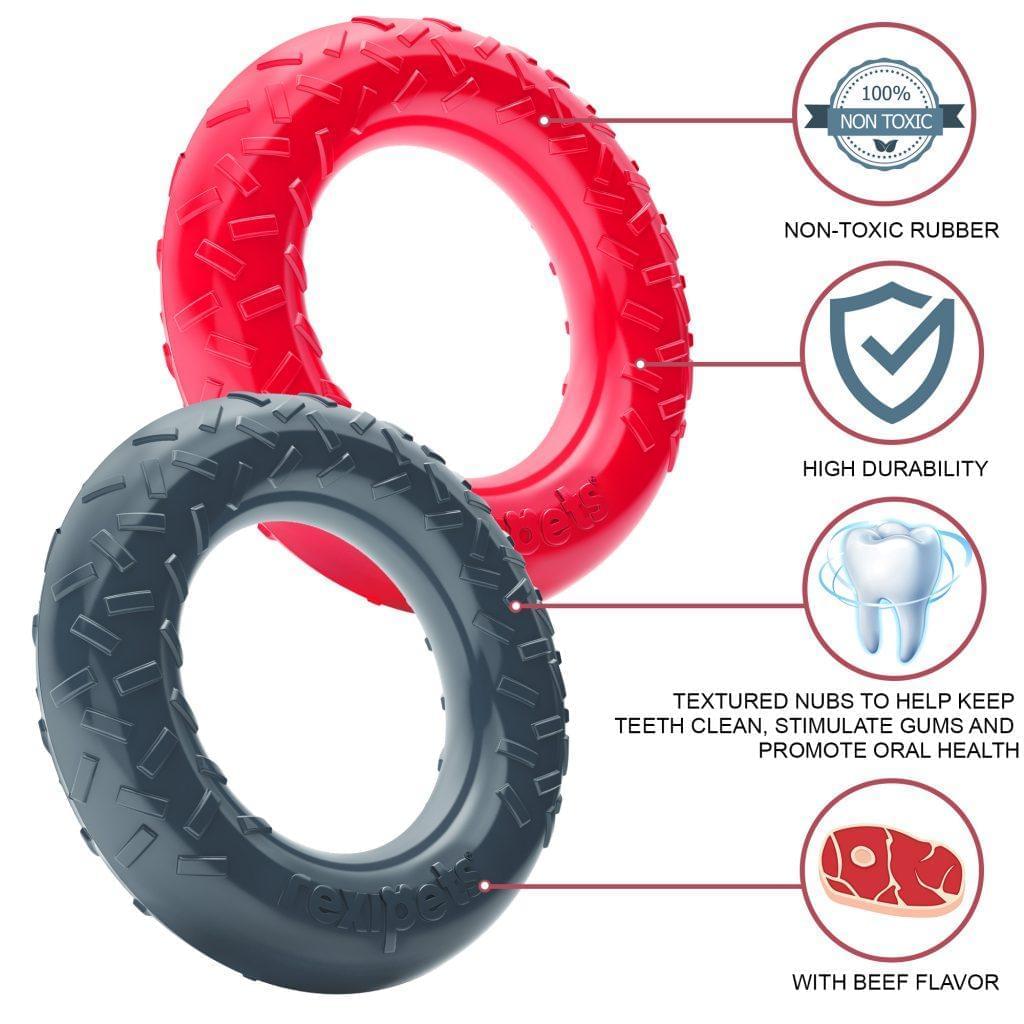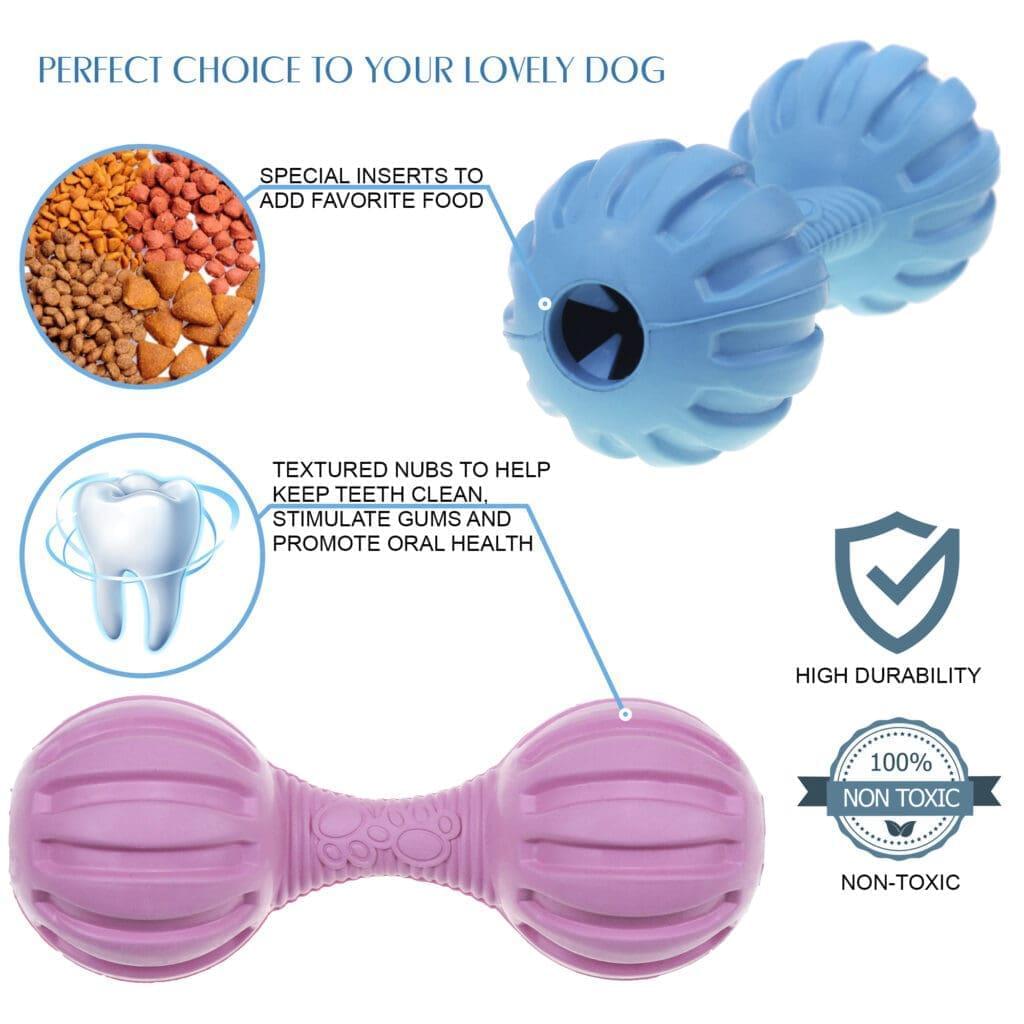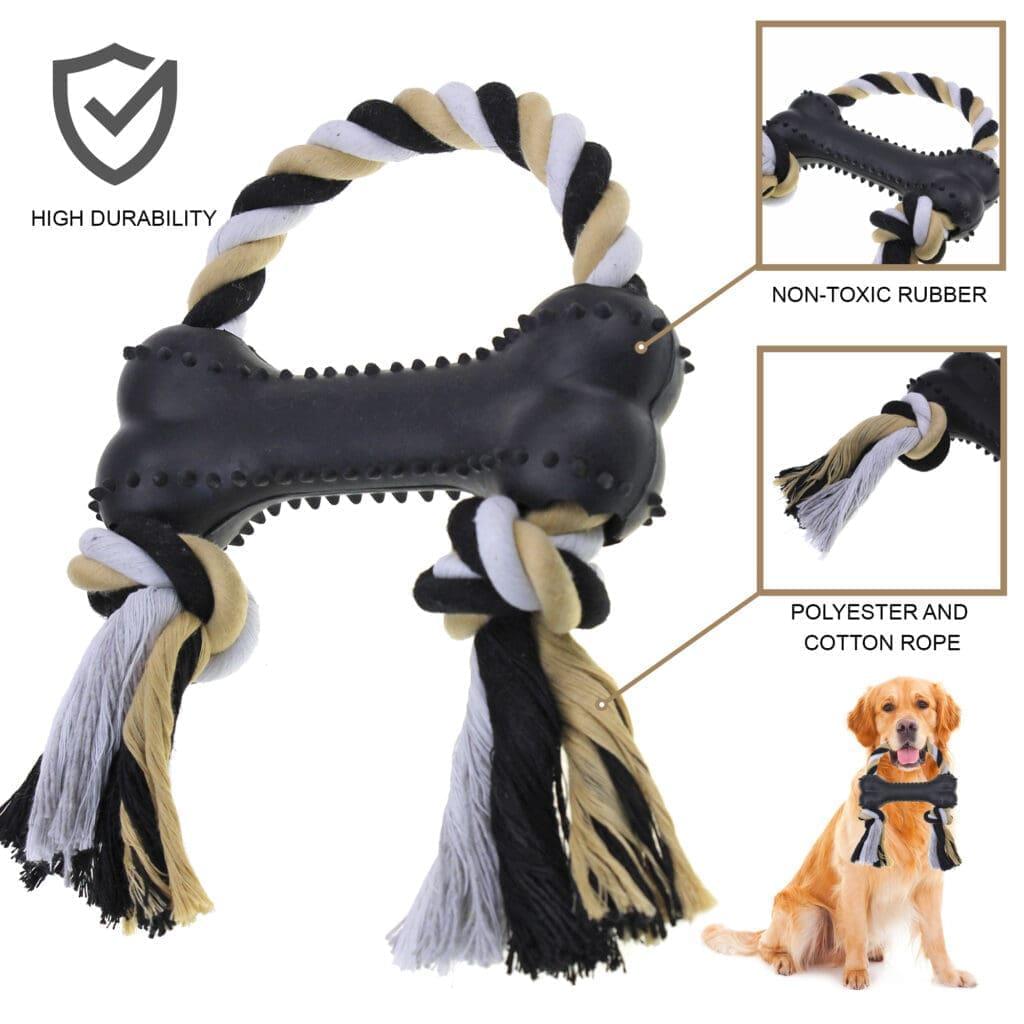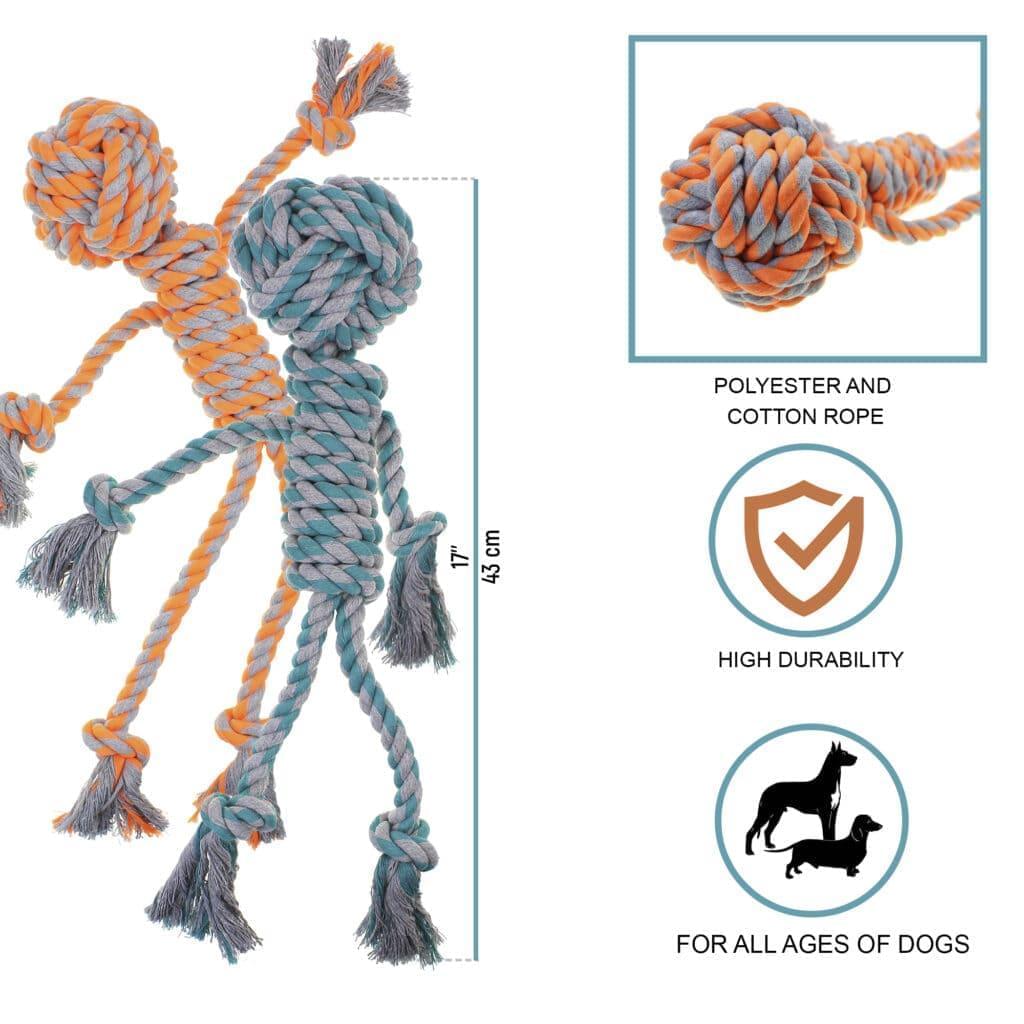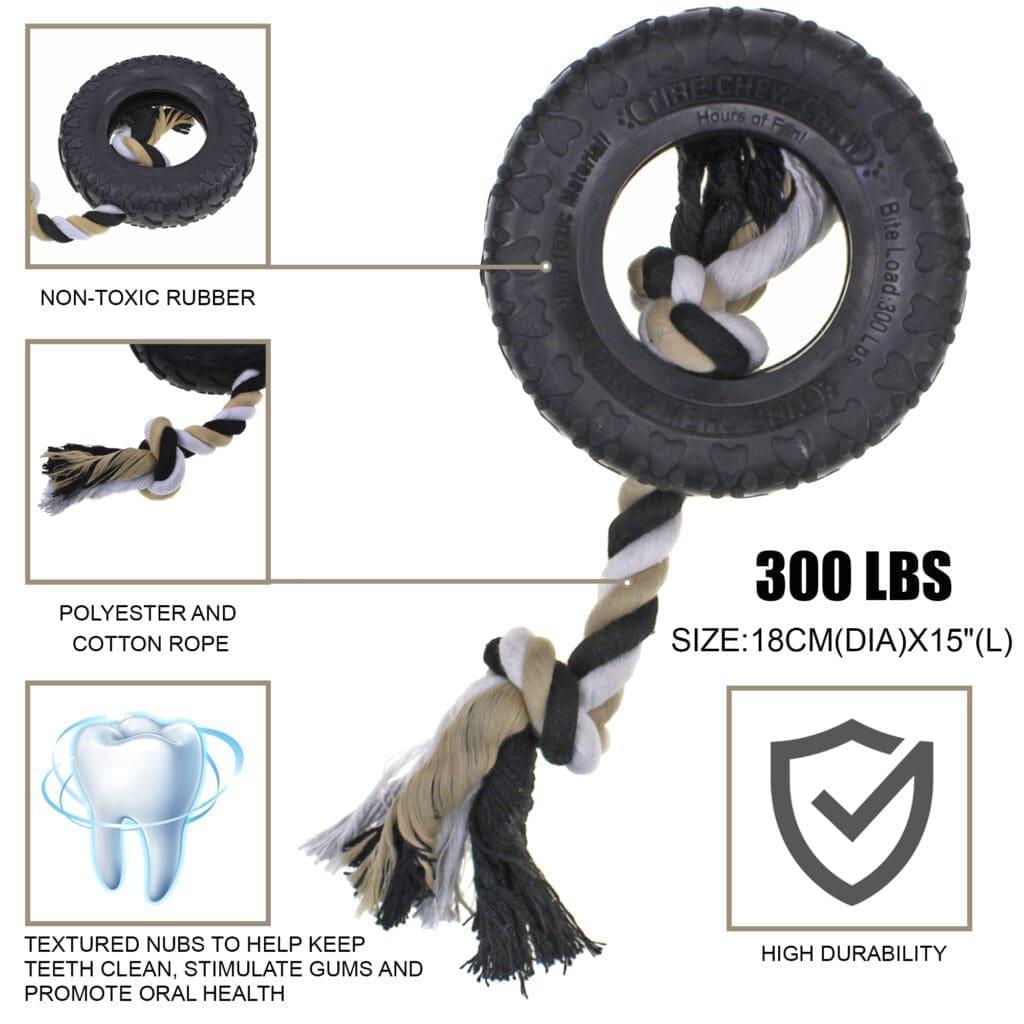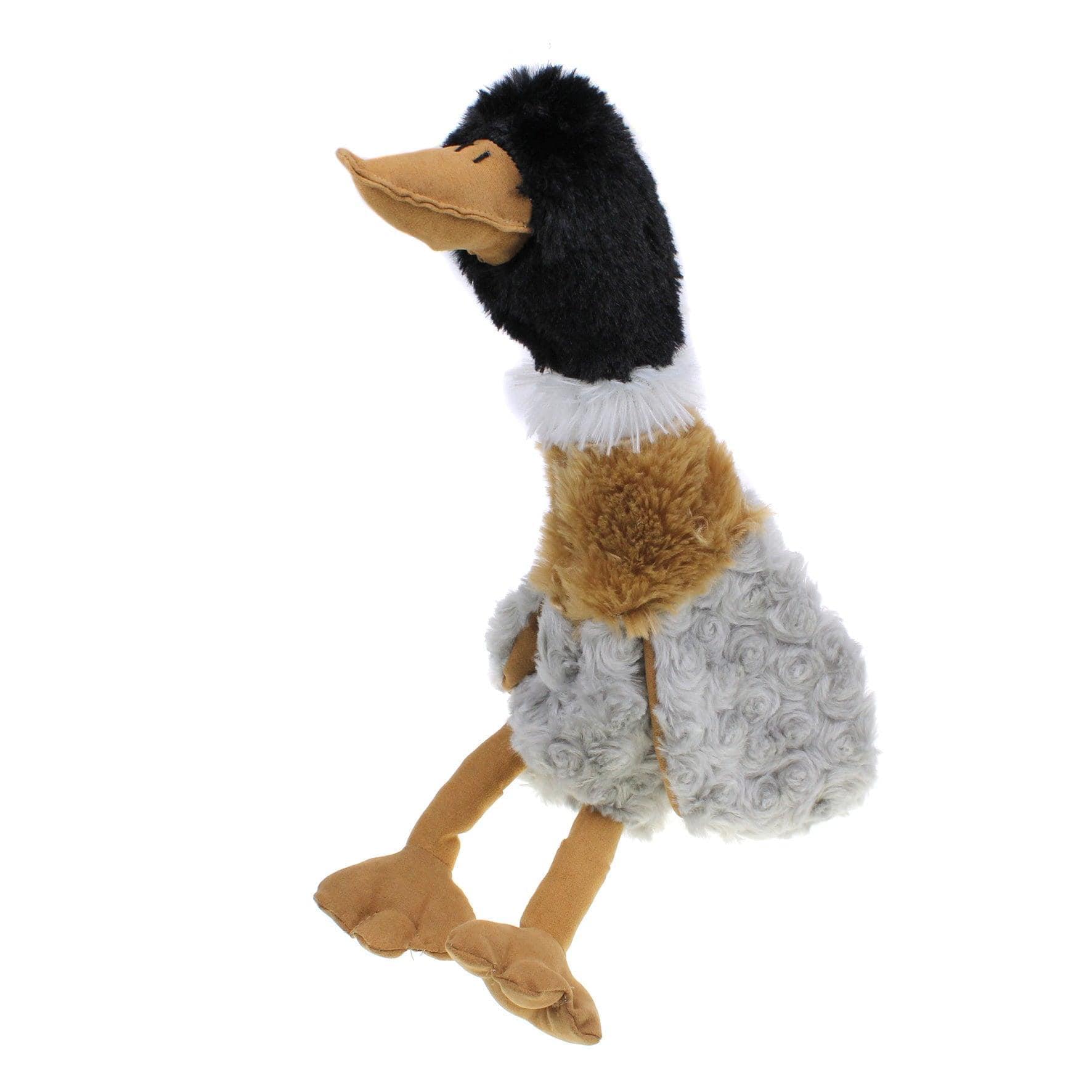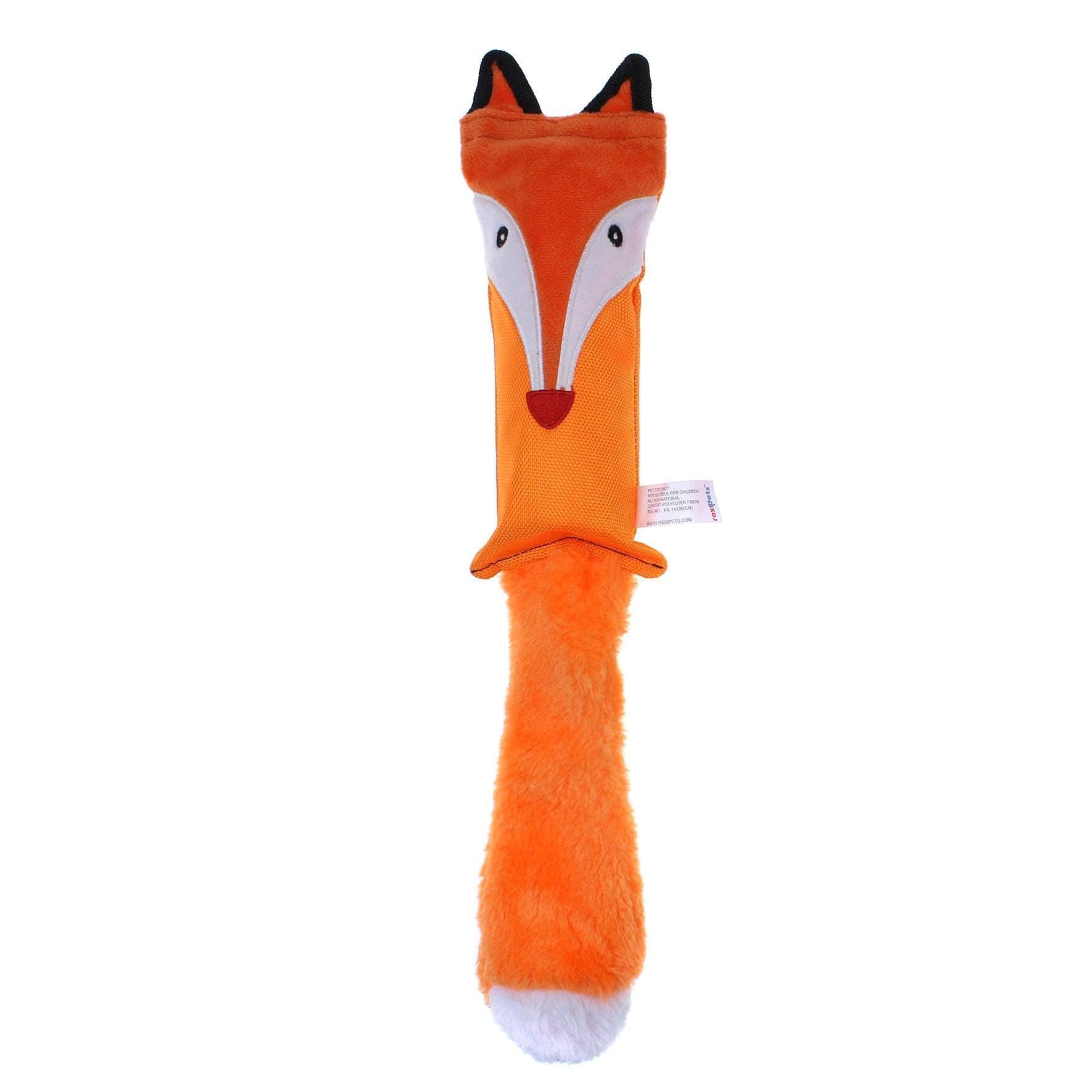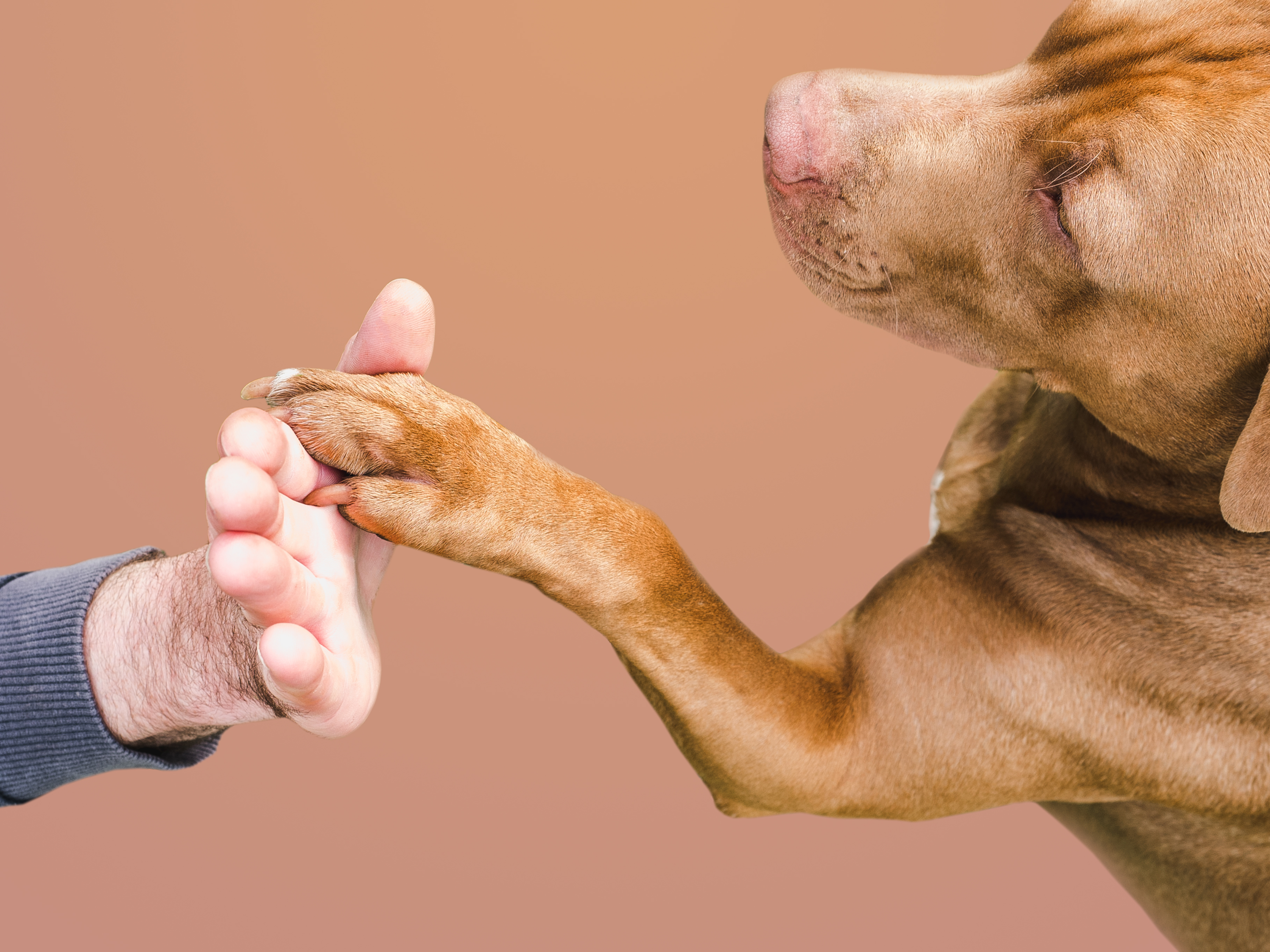
Ever wondered what is a healthy nail length for your furry friend?
It's an important question many pet owners think about. So, today in this article, we'll talk about why it's so important to have your dog's nails at a healthy length, what causes unhealthy dog nails, what are the key symptoms of unhealthy dog nails and how you can make sure your dog's nails are the perfect length.
So, sit back with your favorite drink and let us walk you through the world of healthy dog nails so you can take care of your dog and its paws.
What Causes Unhealthy Dog Nails?
Unhealthy dog nails can occur for various reasons, from infections to underlying health conditions. Bacterial and fungal infections are common culprits, often resulting from poor hygiene or exposure to contaminated environments.
Injuries or accidents can also lead to nail trauma, causing pain and discomfort for the dog. Additionally, autoimmune diseases may specifically target the nails in your dog.
Dietary factors also play a very important role, with food allergies or nutritional deficiencies impacting nail strength and growth. Environmental allergies can also cause nail issues, including inflammation and irritation.
Moreover, congenital nail disorders present at birth may affect nail development, leading to abnormal growth or structure. Furthermore, neoplasia, or the presence of tumors, can impact nail health, making veterinary intervention necessary to address underlying health concerns.
Identifying the root cause of unhealthy nails is crucial for an effective treatment plan and ensuring our canine companions' well-being is taken care of.
Unhealthy Dog Nails Symptoms
One major telltale sign to watch out for is excessive chewing or licking of paws. This mainly points to discomfort or pain. Other than this, there are a bunch of other signs you may notice including reduced mobility or limping, inflammation, or redness around the nail beds.
If you think your furry friend's nails are bothering them, watch out for these signs.
-
Licking and chewing
If you notice your dog is chewing and licking their paws a lot, it might mean their nails are bothering them. This behavior usually happens when they feel some pain or discomfort in that area. Dogs do this to try to make themselves feel better.
So, if you notice them doing this often, it's a sign that something might be up with their nails, and they need to be checked.
-
Inflammation and Redness
Check for any puffiness or redness around your dog's nail beds. This could mean there is an infection in the dog's paws.
Dog nail infections happen when harmful germs get into the skin under the nail, causing it to swell and turn red. If you spot any swelling or redness, it's a sign that their paws might need some attention, and there may be a possibility of nail bed infections.
-
Limping or Reduced Mobility
If you notice your dog is limping or seems hesitant to walk normally, it might mean something's bothering their paws. Dogs typically put equal weight on all their paws when they walk.
So, if they start favoring one paw, it could be because of ingrown nails. If you see them limping or not wanting to walk as much, it's a sign they might feel pain or discomfort in their paws, and it's a good idea to check it out.
-
Deformation
If you see that your dog's nails are growing in a strange shape or bending oddly, it could be a sign that something's wrong with their nail health or that they've had an injury.
Normally, dog nails grow straight and strong, so any unusual bending or shaping could mean there's an underlying problem.
-
Discoloration
It could be a sign of trouble if your dog's nails change color, getting darker or turning yellow. Sometimes, changes in nail color can even point to other serious health problems or issues your dog might be facing.
Since our furry friends can't tell us when they're feeling sick, paying attention to these signs and getting them checked by a vet is essential.
-
Discharge
If you see any kind of fluid, like pus or any other liquid, coming from around your dog's nails, it's a sign that something's not right. Pus is a sign that the body is fighting off germs, like bacteria, that have gotten in and caused a bacterial nail infection.
So, if you notice any discharge around your dog's nails, it's important to pay attention and get them checked by a vet. It could be a sign of an infection or injury that needs treatment to help your furry friend feel better.
-
Bleeding
If you see blood coming from your dog's nail bed or the quick, which is the sensitive tissue inside the nail, it's a sign that something's not quite right. This can happen if your dog has broken the nail and exposed the part of the nail with the nerve supply.
-
Misshapen Nails
If your dog's nails are growing in a strange way, like they're misshapen or growing oddly, it could mean there's something going on with their health. Sometimes, these changes in your dog's nail health and shape can even be caused by genetic disorders that can directly affect how the pup's nails grow.
-
Splitting Nails
There are several reasons behind a dogs nails splitting or cracking, it could suggest several potential issues. One possibility is that they're not getting the proper nutrition, which can affect the strength and health of their nails, or it can simply be because they have overgrown nails.
-
Increased Sensitivity
If you notice that your dog reacts strongly when you touch their nails or handle their paws—like they pull away, whimper, or show signs of discomfort—it could be a sign that something's not right with their nails. Dogs can't tell us when they're feeling pain, so they might try to communicate it through their body language instead.
If they seem extra sensitive around their nails, it could mean they're experiencing pain or discomfort in that area. This sensitivity could be due to various issues, such as an injury, an infection, or even overgrown nails pressing into their paw pads.
How to Treat Unhealthy Dog Nails?
Treating unhealthy dog nails is based on the cause behind it, so it's crucial to consult a vet for the diagnosis of the dog nail problems. Medication like antibiotics or itraconazole may be prescribed for infections, while surgical removal may be necessary for tumors.
Recovery often requires limiting movement and bandaging the foot. Moreover, preventive measures include lifestyle changes and additions to keep nails healthy.
-
Antifungal medication
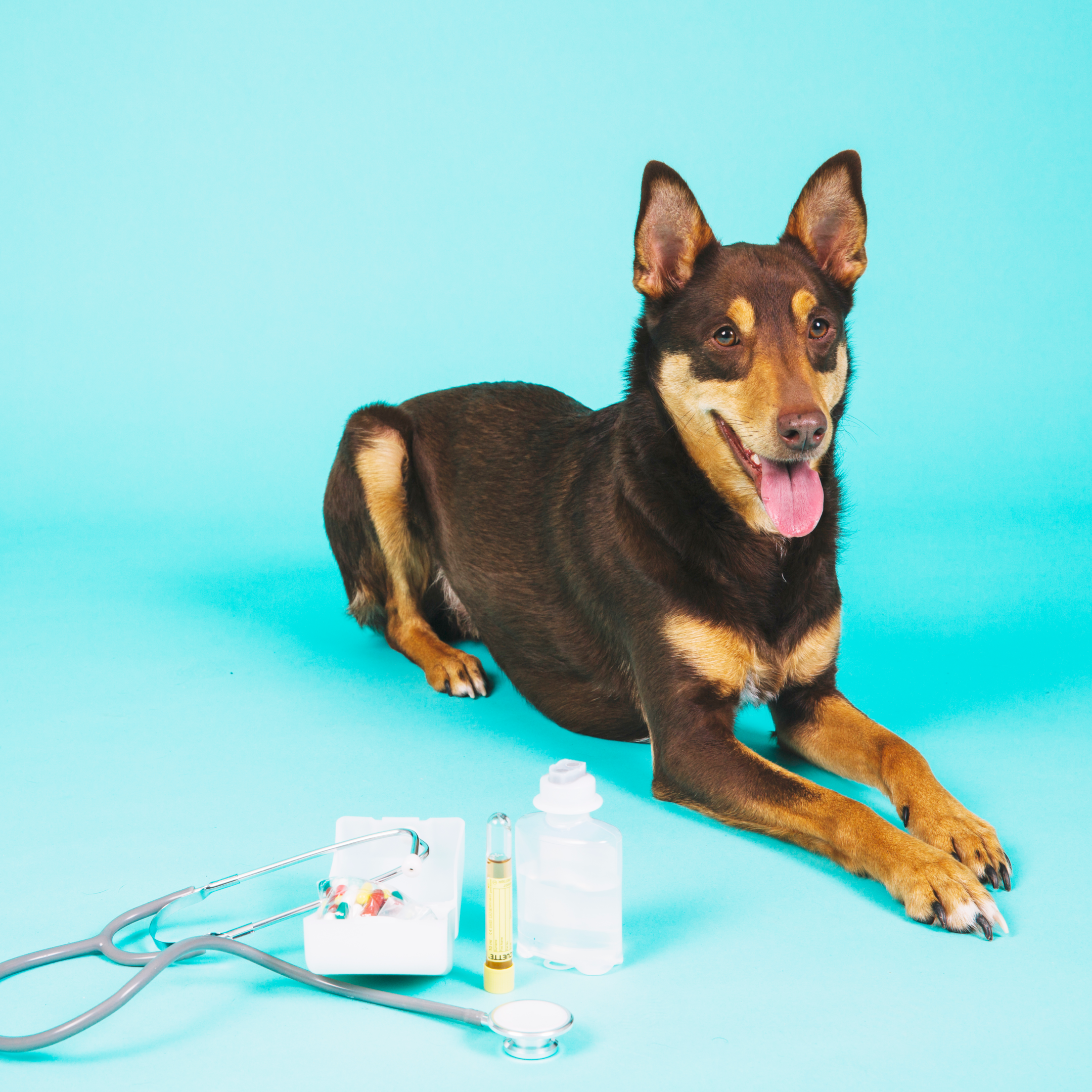
Fungal infections are mostly treated with antifungal medications. While home care may include using topical medications like antifungal creams or washes, it is important to consult a vet for advice and proper treatment for fungal nail infections.
-
Antibiotics
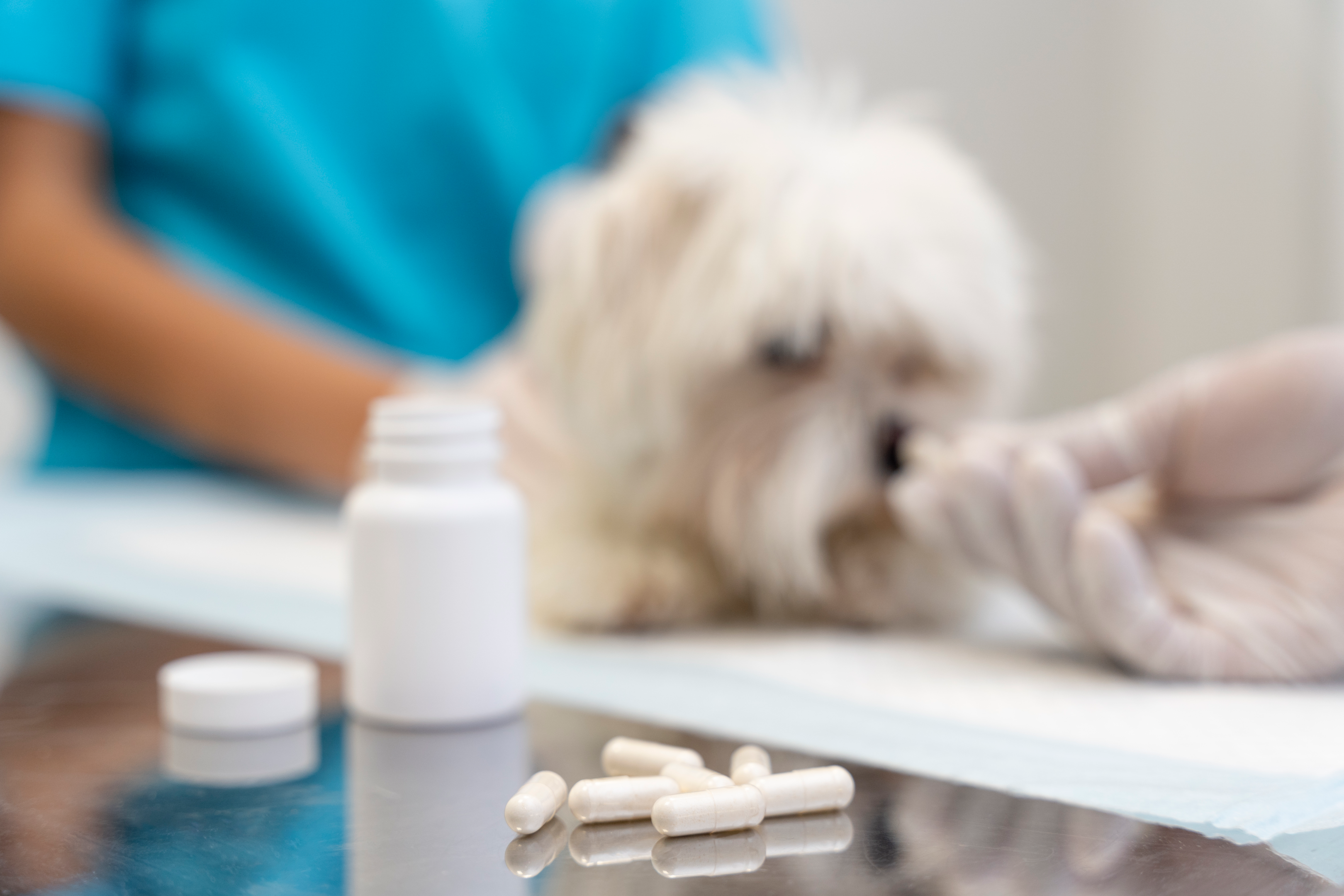
When dealing with bacterial nail infections, it's crucial to opt for the right antibiotic for effective treatment. Maintaining dry and clean nails is also advised to prevent bacterial infections in the future.
-
Healthy diet
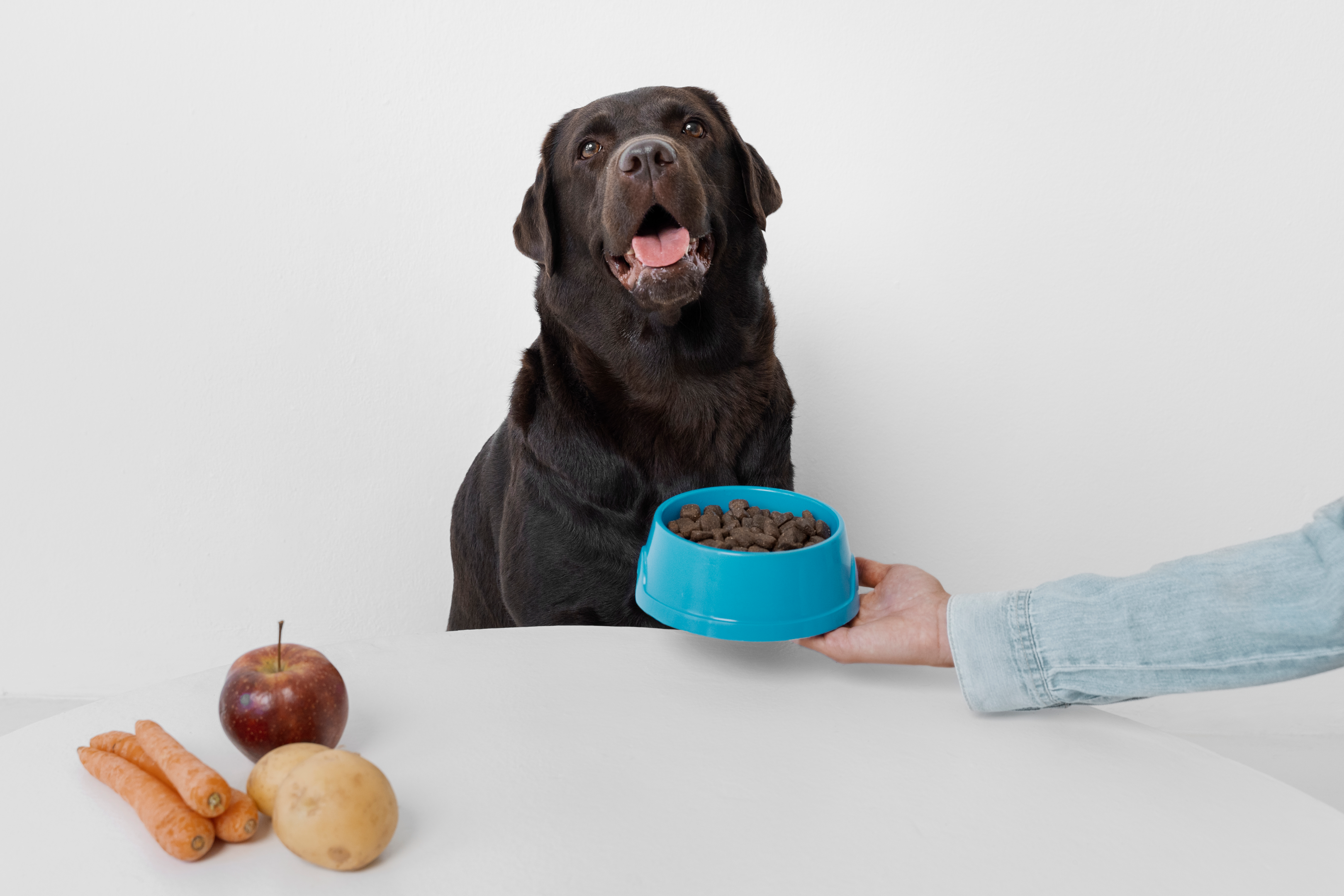
To maintain healthy nails, give your dog a balanced and nutritious diet tailored to dog breeds, ages, and activity levels. Opt for protein-rich food, like chicken-based options, as a top ingredient.
Avoid foods high in carbs and low in protein, as they can contribute to nail brittleness and weight gain. A balanced diet of essential nutrients helps keep your dog's nails strong and supports overall health.
-
Omega 3 supplements

Boosting your dog's hair, skin, and nail health can be achieved by providing them with a daily Omega-3 supplement. Derived from fish oil, this fatty acid helps moisturize your dog's nails, preventing brittle nails and promoting healthy nail growth.
-
Biotin supplements
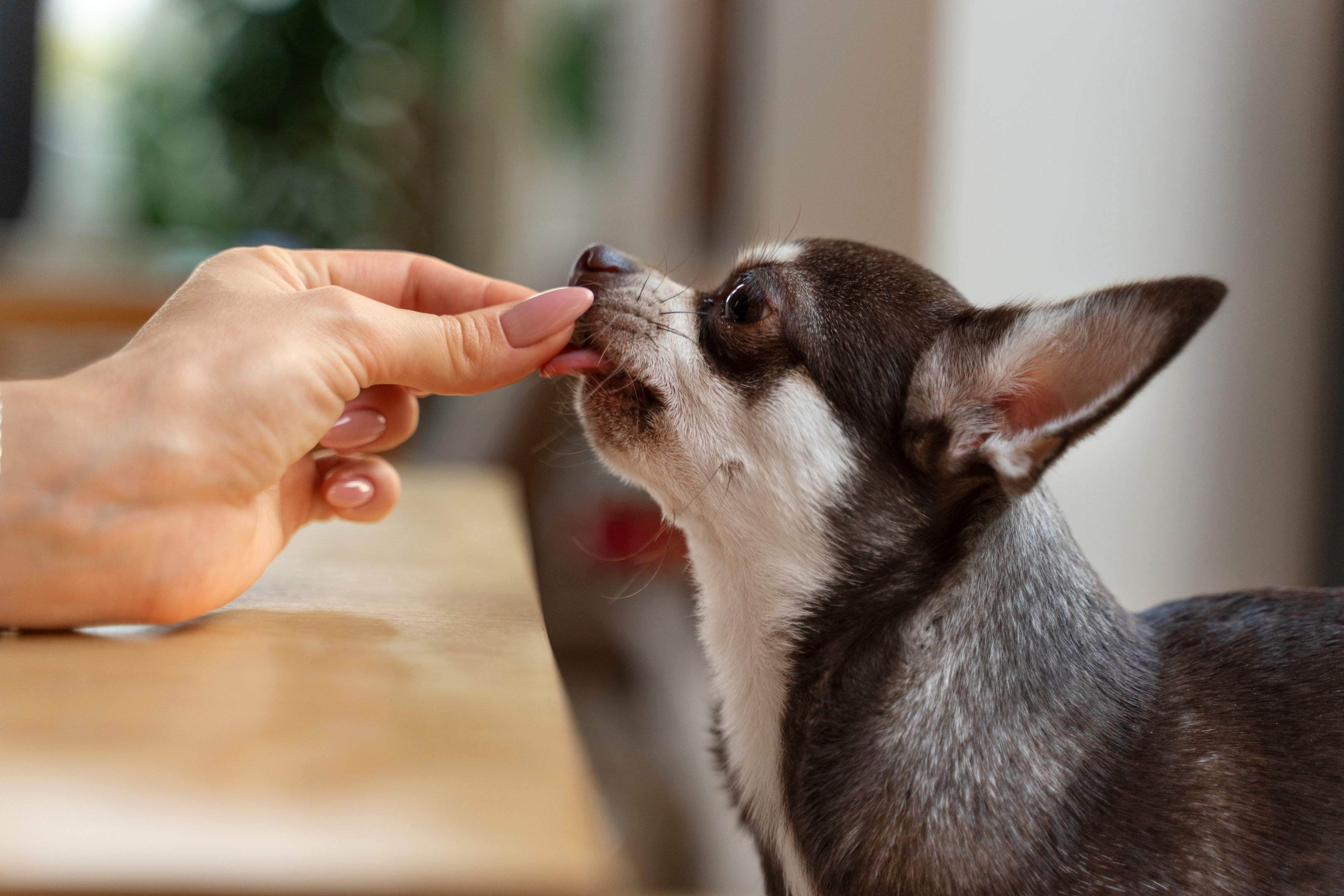
Biotin supplements, a form of B vitamin, are beneficial in treating various nail issues in dogs, including lupoid onychodystrophy. These supplements are safe for daily use as they are water-soluble, meaning any extra biotin not needed by the body will be omitted from the body through urine.
-
Regular nail trimming

As a responsible pet owner, it's extremely important to regularly groom your dog's nails. Picking between trimming vs grinding depends on your dog's and your preference.
Make sure you include activities such as trimming their nails to avoid ingrown claws, tidying up hair between their toes, and using antibacterial wipes to clean their feet and prevent infections.
Regular grooming not only helps maintain foot health but also enables you to spot any potential problems early on, preventing them from becoming more serious.
-
Paw pads
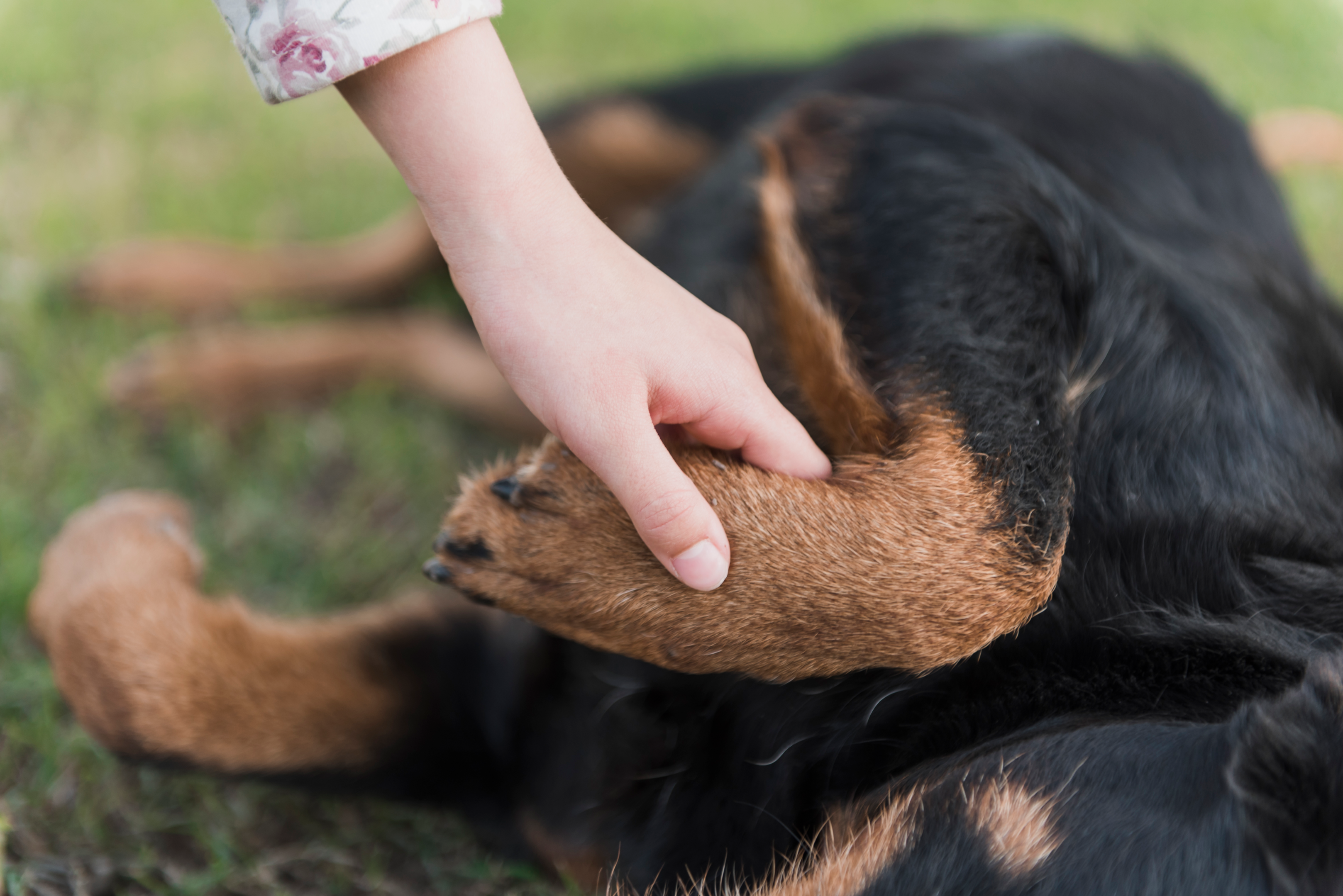
Taking care of your dog's paw pads is crucial to prevent dryness or chapping, which can lead to secondary infections impacting their nails. To protect their paws, avoid walking them on hot pavements, apply dog paw balm for moisture, and consider using paw pads.
Final Words
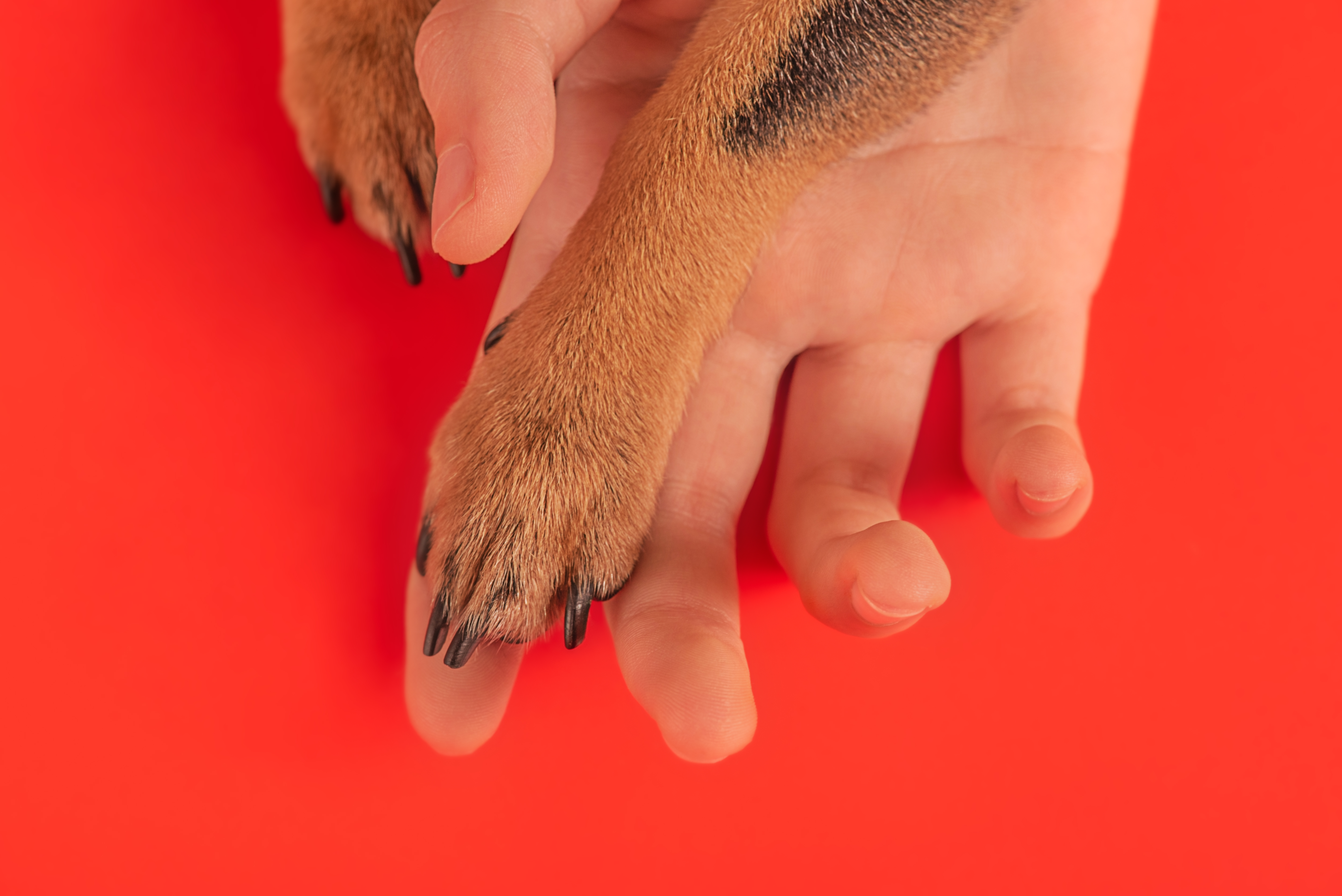
So, it's important to keep an eye on how long your dog's nails are. We've covered the things that affect nail length and the signs of nail problems. By grooming regularly, feeding your dog well, and getting help from a vet when needed, we can ensure our furry pals have nails that keep them comfortable and active.
Taking care of your beloved furry friend and its nails means they can stay happy and healthy, enjoying their time with us to the fullest.
FAQs
Healthy dog nail vs unhealthy dog nail: how do I spot good dog nails?
A dog's nails are considered in good health when they are smooth, firm, and have a consistent color that matches the dog's natural coloring. Additionally, if the nails don't touch the ground when the dog is standing, and you can't hear a tapping sound when they walk on hard surfaces, it tells that their nails are in good shape.
Where to go to get your dog's nails taken care of?
If you're not sure about trimming your dog's nails yourself, you have a couple of options to ensure their nails stay healthy. One choice is to visit a licensed vet who can handle the job for you. Moreover, you can take your dog to a professional groomer. Nowadays, some groomers even offer mobile services, which makes things easier.
What happens if I don't trim my dog's nails regularly?
When you don't trim your dog's nails regularly, they can grow too long. Overgrown nails can cause issues such as joint discomfort, incorrect posture, difficulty walking, and the risk of injuries if the nails catch or split.










